All About Tires
There’s a lot to remember about motorcycle tire safety, from selecting tires to riding on them. We can’t cover it all, but these are some highlights.
When you’re buying new tires, remember to be sure that meet manufacturer requirements for the way you plan to use them. Never put radial tires on a bike that’s not designed for them. You can often, but not always, mix tires if they have the same construction, but different brands. Matching front and rear tires is important for best performance. Using a new front tire with an old rear tire can make the motorcycle unstable.
If you’re increasing tire size and/or rim width, remember that the tire may expand six or seven percent during the first three-thousand miles. Having the right rim width is important for handling and stability. Proper fit is especially important with radial tires—failure to do so can cause an accident.
Mounting your tire on the wheel is definitely not a do-it-yourself job. Done wrong, it can cause tire explosion, injury, even death. So have a specially trained expert mount the tire and balance the tire-wheel assembly. Unbalanced tires vibrate and greatly increase wear. Only mount tubeless tires on wheels that are approved by the tire manufacturer to avoid wear on the tires—and on the motorcycle.
Don’t put an old tube into a new tire. The old tube is stretched and will be unsafe in the new tire. If you’re fitting a tubeless tire to a tube-type rim, you’ll need to have a tube fitted.
Unlike car tires, motorcycle tires are made to be either front or rear. Be careful not to mix that up.
New tires usually have a waxy film that coats them. The film helps release the tire from the mold during manufacture. Don’t go full-out or corner sharply for the first hundred miles or so to get rid of the film safely.
Check your manual for the tires’ and the bike’s load-carrying capacity. Add up all the gear you’ve got on the motorcycle—luggage, accessories, equipment, passenger—and your own weight. Be sure the total doesn’t exceed the recommend weight. Like under-inflation, overloading can cause handling to be sluggish, steering to be difficult, and can cause the tire to separate from the rim.
If you get a simple puncture in the tread, you can have it repaired. But using liquid sealants may harm the tire’s ply material and hide additional damage—and this can cause a sudden failure of your tire.
The heat cycle involved in riding, when the tire goes from cold to hot from road friction and back to cold again, caused tires to age. Petroleum and other road gunk adds to the process. Even just sitting still, tires age. Eventually the tire ages so much that it’s no longer spongy enough to maintain good contact with the road. Then it’s time to replace. Remember, if you buy used tires (or a used motorcycle) you don’t know how many heat cycles the tires have endured. And, start slow and corner with an easy lean angle until your tires have had time to come up to operating temperature.





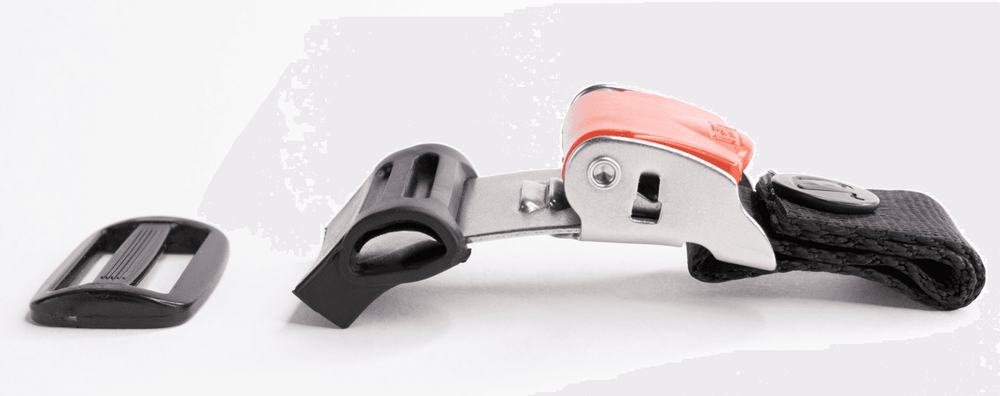
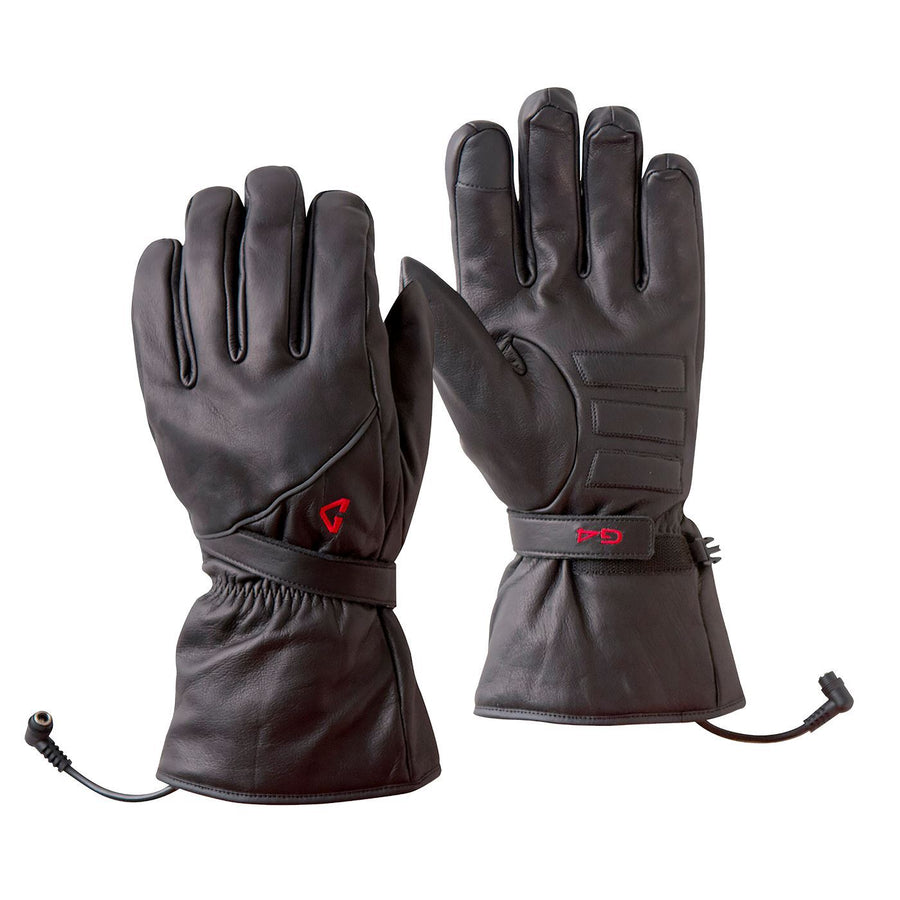

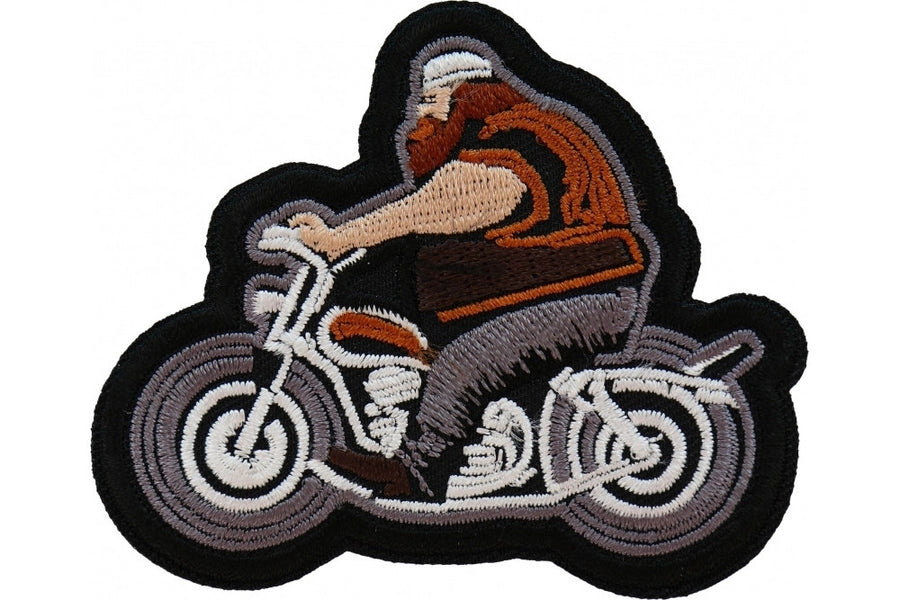

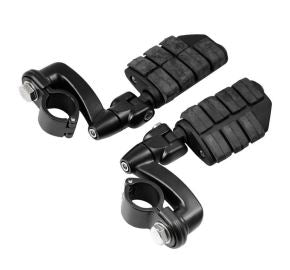


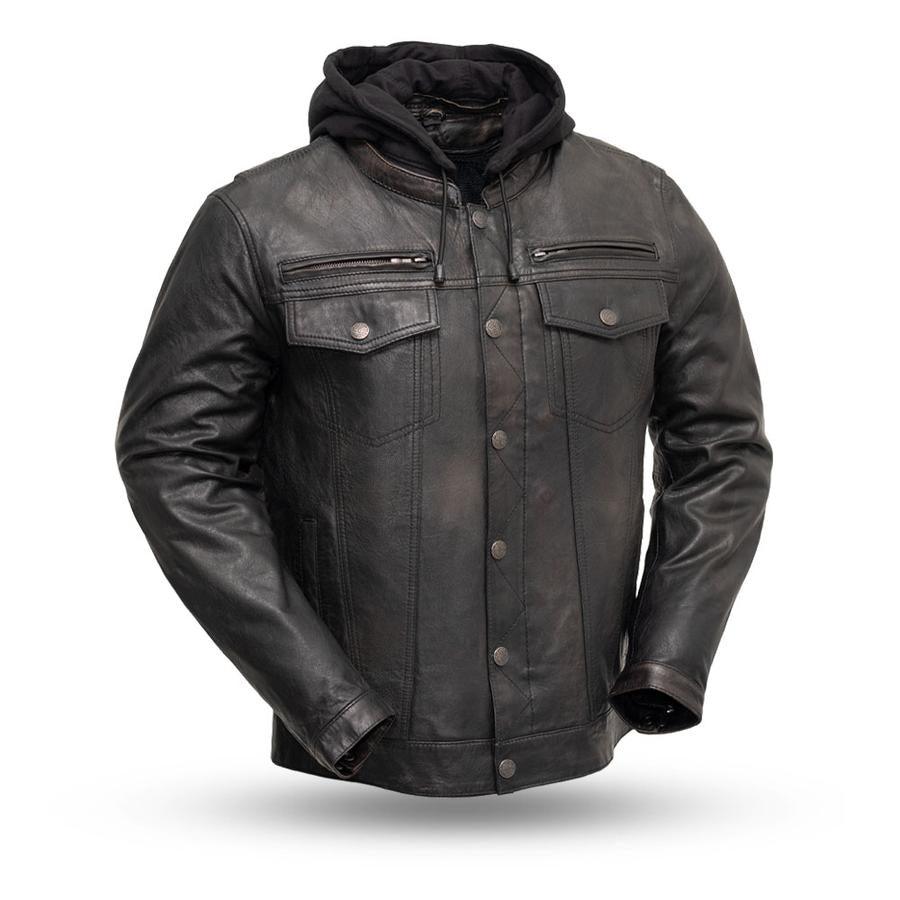
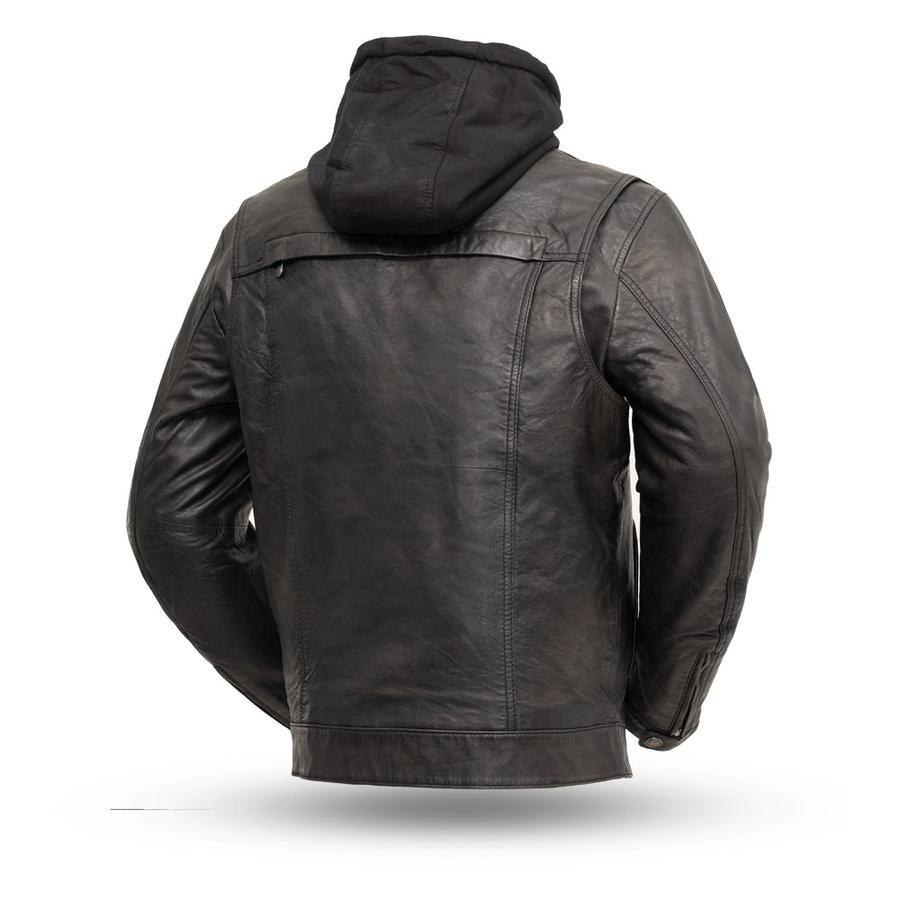
Leave a comment